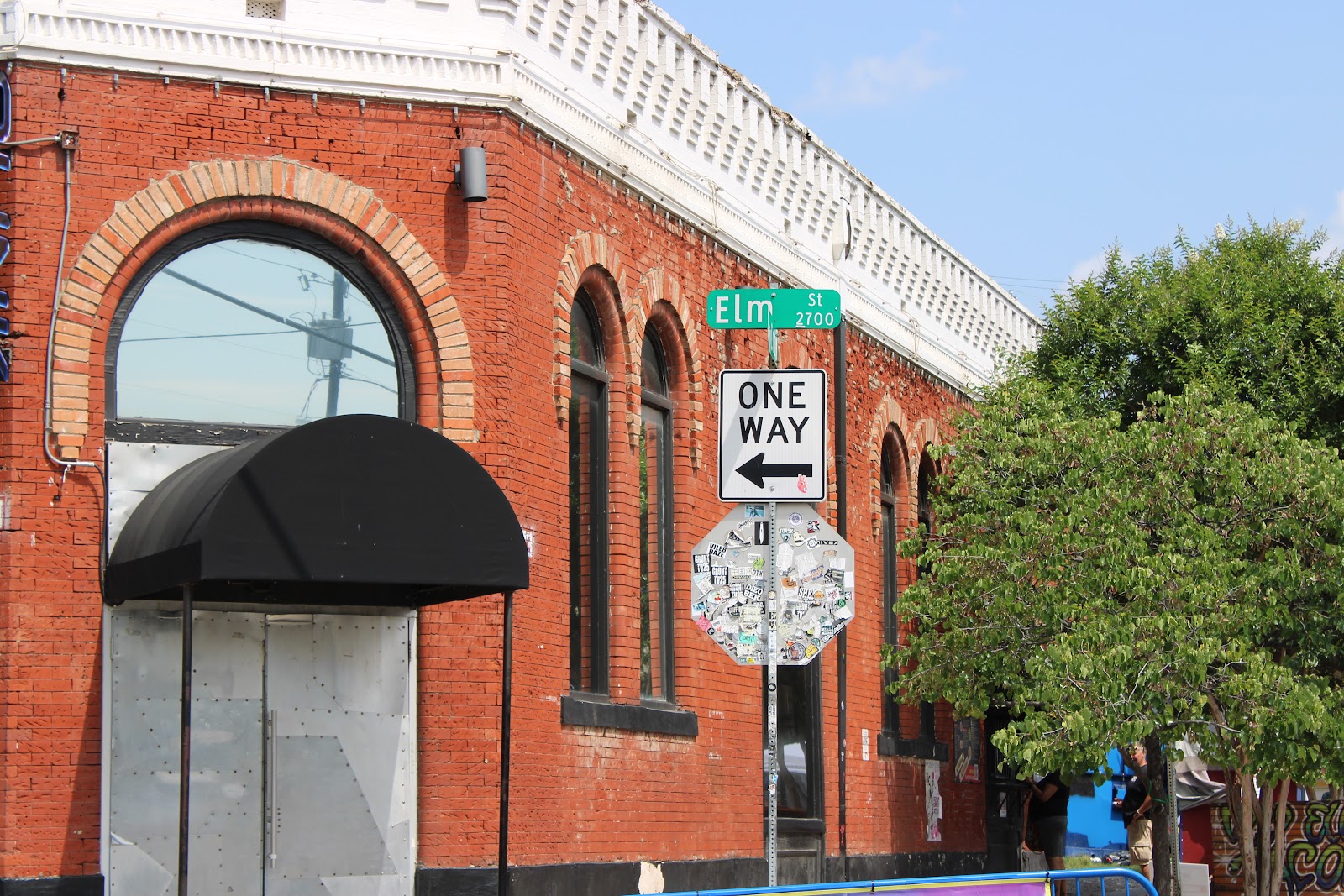Sitting on a rail platform watching a freight pass brought back a flood of childhood memories. Back in the day ( thought I would never use a phrase like that) when the new cars were shipped to the dealers, they were shipped on a car carrier semi-trailer that usually had cars in three or four on the top rack and three on the bottom. The unique thing then, was that new models were given a delivery date at the dealers. Then it was like a reveal party of sorts. The cars were covered with a white canvas hiding the details of that particular model year. Cars arrived, were put inside the dealerships showrooms still covered. Then on the specific day, the covers were removed and the excitement was released into the air. That happened ever model year when I was growing up. Word traveled like wildfire when a car carrier was spotted anywhere near out town. Really, it was kind of a neat thing from a marketing standpoint. Today, I can't tell a 2020 from a 2023. The excitement is gone. Only the memories of those days remains for some of my generation.
So, while sitting on the rail platform, another freight came by and the largest portion of the train make up was of car racks, those enclosed double deckers that protect the cars finish from rocks and all sorts of hazards. But, they are totally enclosed and you can't see what is in side.
The one thing to note about this train was that every railroad had a car rack with railroad's name on the side including the rail service in Mexico and Canada. In addition to all the major east coast lines and the major coast-to-coast carriers which were BNSF and UPR. It was an interesting display of iconic American Industry that even had inside the cars fresh off the ships from the Asia going east and the European cars companies arriving on the Atlantic shipping ports being transported west from the east coast.
So, long story short, Car racks are to cars as Containers are to Cars and merchandise. Funny how things change over decades. My friend worked at the docks on the Great Lakes, while in college, driving VW's off the ship to the storage yards where they were loaded onto car carriers and shipped to dealers.












